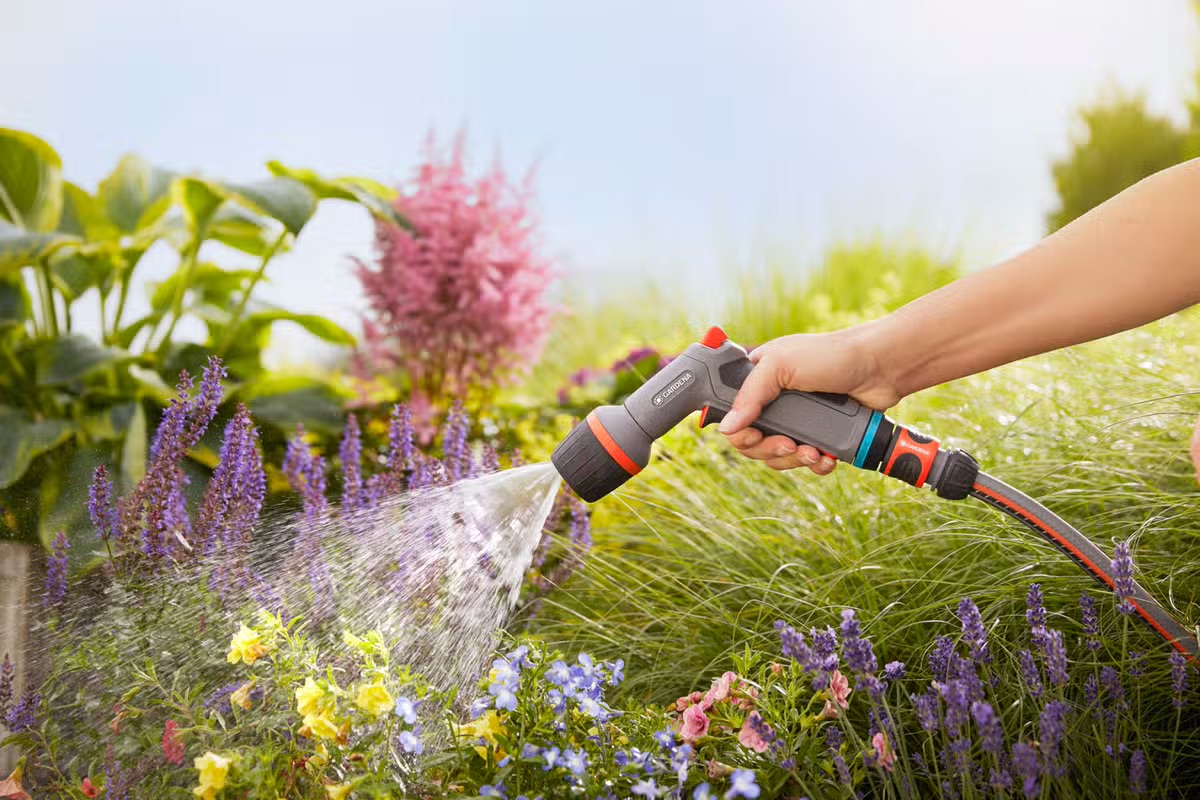

Articles
What Size Is A Standard Garden Hose
Modified: January 18, 2024
Looking to find out the size of a standard garden hose for your gardening needs? Discover the ideal dimensions and choose the perfect garden hose for your gardening tasks.
(Many of the links in this article redirect to a specific reviewed product. Your purchase of these products through affiliate links helps to generate commission for Storables.com, at no extra cost. Learn more)
Introduction
Gardening is a rewarding and fulfilling hobby that allows us to connect with nature and create beautiful outdoor spaces. Whether you’re an experienced gardener or just starting out, having the right tools is essential for success. One such tool is the garden hose, which plays a crucial role in watering plants, cleaning outdoor areas, and even washing your car.
When it comes to choosing a garden hose, one of the key factors to consider is its size. Understanding the various sizes available and their implications can help you make an informed decision that meets your specific needs. In this article, we will delve into the world of garden hose sizes and explore what constitutes a standard size.
Before we dive into the specifics, it’s important to understand that garden hose sizes are typically classified based on the interior diameter, which directly affects the water flow rate. Common sizes for garden hoses include 1/2 inch, 5/8 inch, and 3/4 inch. Let’s take a closer look at these standard sizes and their respective uses.
Key Takeaways:
- Choose the right garden hose size based on your specific needs: 1/2 inch for light-duty tasks, 5/8 inch for residential use, and 3/4 inch for heavy-duty watering needs in larger gardens.
- Consider factors like material, flexibility, water pressure, and warranty when selecting a garden hose to ensure an effective and enjoyable gardening experience.
Read more: What Is The Standard Refrigerator Size
Understanding Garden Hose Sizes
When it comes to garden hose sizes, the most important factor to consider is the interior diameter. This measurement determines the amount of water that can flow through the hose and directly impacts its overall performance. The three most common garden hose sizes are 1/2 inch, 5/8 inch, and 3/4 inch. Let’s explore each of these sizes and their uses.
1/2 Inch: A garden hose with a 1/2-inch diameter is considered a lightweight option. It is generally suitable for small to medium-sized gardens or for tasks that require less water volume, such as watering potted plants or light outdoor cleaning. The smaller diameter of this hose means that the water pressure may be lower compared to larger hoses.
5/8 Inch: The 5/8-inch diameter hose is the most commonly used size for residential gardening. It strikes a balance between water flow and ease of handling, making it versatile for a wide range of tasks. This size is suitable for average-sized gardens, watering lawns, and general outdoor cleaning. It provides sufficient water pressure for most household needs.
3/4 Inch: For those with larger gardens or higher water requirements, a 3/4-inch garden hose is a preferred choice. This size offers maximum water flow and is ideal for heavy-duty tasks like watering large vegetable gardens, filling large containers, or operating sprinkler systems. The increased diameter allows for maximum water pressure, making it efficient for high-volume watering.
It’s important to note that as the diameter of the hose increases, so does its weight. Larger hoses can be heavier and more challenging to maneuver, especially when filled with water. Assessing your specific gardening needs and considering factors like water pressure, distance, and the size of your garden will help determine the most suitable hose size for you.
Standard Garden Hose Sizes
While garden hose sizes can vary, there are a few standards that are commonly found in the market. The most widely available standard garden hose sizes are 1/2 inch, 5/8 inch, and 3/4 inch. These sizes provide a good range of options to meet different gardening needs. Let’s take a closer look at each size and its typical applications.
1/2 Inch: The 1/2-inch garden hose is considered the smallest standard size. It is commonly used for light-duty tasks in smaller gardens or for activities that require less water volume. This size is suitable for watering potted plants, washing small outdoor furniture, or cleaning tight spaces. It offers ease of handling and is generally lightweight. However, due to its smaller diameter, the water flow may be lower compared to larger hoses.
5/8 Inch: The 5/8-inch garden hose is the most popular and commonly available size for residential use. It strikes a balance between water flow and maneuverability. This size is versatile and suitable for a wide range of gardening activities. It is often used for watering lawns, flowerbeds, and medium-sized gardens. The 5/8-inch hose provides adequate water pressure for most household needs and is easy to handle without sacrificing water flow efficiency.
3/4 Inch: The 3/4-inch garden hose is the largest standard size. It is commonly used for heavy-duty applications that require maximum water flow. This size is ideal for watering large gardens, operating sprinkler systems, or filling large pools. The larger diameter allows for higher water pressure and increases the overall efficiency of the hose. However, the 3/4-inch hose can be heavier and more challenging to maneuver, especially when filled with water.
It’s important to note that while these sizes are considered standard, there are other non-standard sizes available in the market. Non-standard sizes may be used for specific purposes, such as industrial applications or specialized gardening equipment. When purchasing a garden hose, it’s important to check the size and specifications to ensure it meets your specific needs.
Ultimately, the choice of garden hose size depends on the size of your garden, water requirements, and the tasks you intend to perform. Assessing your needs and considering factors like water flow, hose weight, and maneuverability will help you select the most suitable standard hose size for your gardening endeavors.
When purchasing a standard garden hose, look for a diameter of 5/8 inch, which is the most common size and provides a good balance of water flow and pressure.
Factors to Consider When Choosing a Garden Hose
Choosing the right garden hose involves more than just selecting the appropriate size. There are several factors to consider to ensure you make the best choice for your gardening needs. Let’s explore some of the key factors to keep in mind when choosing a garden hose.
1. Material: Garden hoses are typically made from three primary materials: rubber, vinyl, and reinforced vinyl. Rubber hoses are durable and resistant to kinks, making them a popular choice. Vinyl hoses are lightweight and more affordable but may be prone to kinking. Reinforced vinyl hoses have an added layer of mesh or woven fibers for extra strength, making them a good option for heavy-duty use.
2. Length: Consider the length of the hose needed to reach all areas of your garden without straining. Measure the distance from your water source to the furthest point you need to access. It’s better to choose a slightly longer hose than needed as you can always coil up any excess length.
3. Flexibility: Look for a garden hose that offers good flexibility, allowing for easy maneuverability and reduced kinking. A more flexible hose will be easier to handle and less likely to tangle or restrict water flow.
4. Water Pressure: Consider the water pressure available in your area. Some hoses are designed to handle higher water pressure, ensuring a strong flow, while others are best suited for areas with lower pressure. Check the hose specifications to ensure it can handle your specific water pressure requirements.
5. Couplings and Fittings: Pay attention to the type of couplings and fittings on the hose. Brass fittings are known for their durability and resistance to corrosion, while plastic fittings are generally more affordable but may not be as durable. Look for leak-proof connections and consider purchasing additional washers for a secure fit.
6. UV Protection: If you plan to leave your hose exposed to sunlight, look for a hose with UV protection. UV rays can deteriorate hoses over time, causing them to crack or degrade. UV protection helps extend the lifespan of the hose, especially if it will be regularly exposed to direct sunlight.
7. Warranty: Check if the hose comes with a warranty. A warranty provides peace of mind and indicates that the manufacturer stands behind their product. Make sure to read and understand the warranty terms before making a purchase.
By considering these factors, you can make a more informed decision when choosing a garden hose that will meet your specific needs. Remember to prioritize durability, flexibility, and the appropriate size to ensure an effective and enjoyable gardening experience.
Conclusion
Choosing the right garden hose is essential for effective and efficient gardening. Considering factors such as size, material, flexibility, water pressure, and warranty can help you make an informed decision. Understanding standard garden hose sizes, including 1/2 inch, 5/8 inch, and 3/4 inch, enables you to select the appropriate size for your specific needs.
The 1/2-inch hose is suitable for light-duty tasks and smaller gardens, while the 5/8-inch hose strikes a balance between water flow and maneuverability, making it ideal for residential use. The 3/4-inch hose, on the other hand, is best suited for heavy-duty tasks and larger gardens that require maximum water flow.
Remember to also consider the material of the hose, choosing between rubber, vinyl, or reinforced vinyl based on your durability and kinking preferences. The hose length should be adequate to reach all areas of your garden without strain, while flexibility and fittings play a role in ease of use and minimizing leaks.
Additionally, protecting your hose from UV rays and checking for warranty coverage can help increase its lifespan and provide peace of mind. By carefully evaluating these factors, you can select a garden hose that meets your specific gardening needs and ensures a smooth and enjoyable gardening experience.
So, whether you are tending to a small garden or managing a large landscape, taking the time to choose the right garden hose will make a noticeable difference in your watering tasks and overall gardening success. Invest in a quality garden hose that meets your requirements and enjoy the convenience and efficiency it brings to your gardening routine.
Frequently Asked Questions about What Size Is A Standard Garden Hose
Was this page helpful?
At Storables.com, we guarantee accurate and reliable information. Our content, validated by Expert Board Contributors, is crafted following stringent Editorial Policies. We're committed to providing you with well-researched, expert-backed insights for all your informational needs.

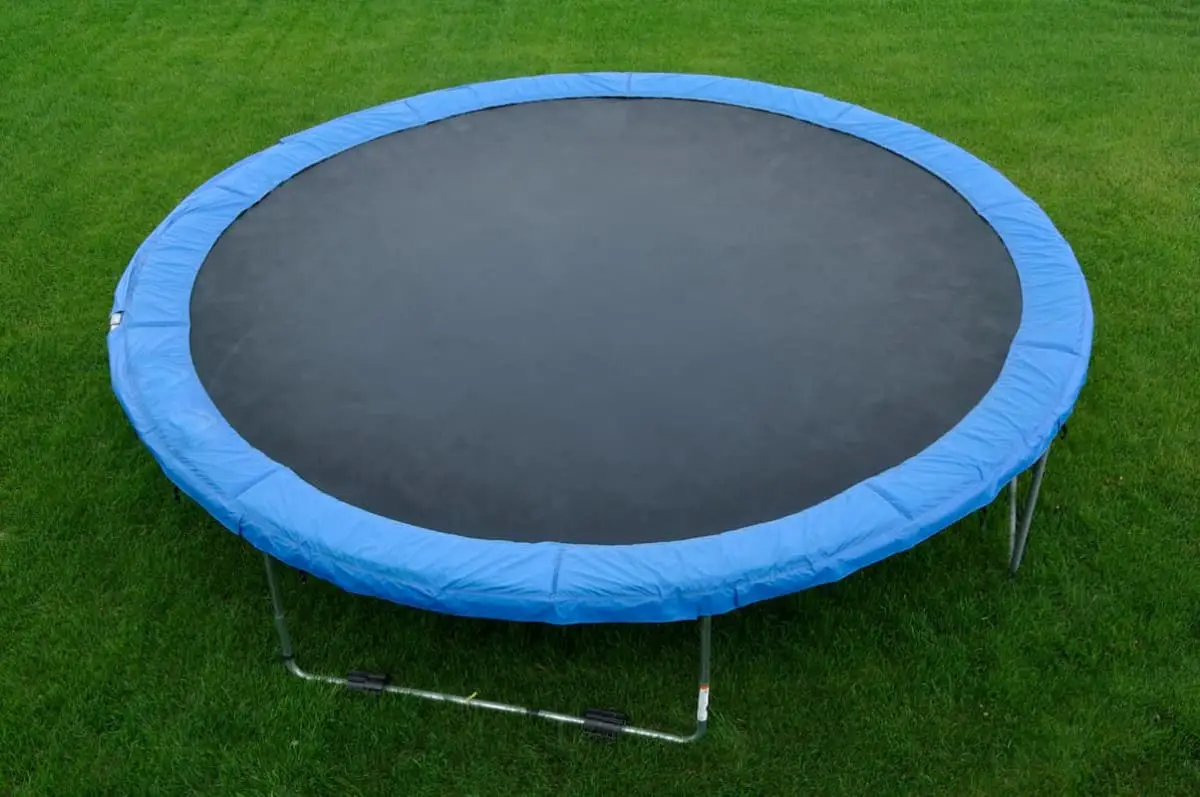
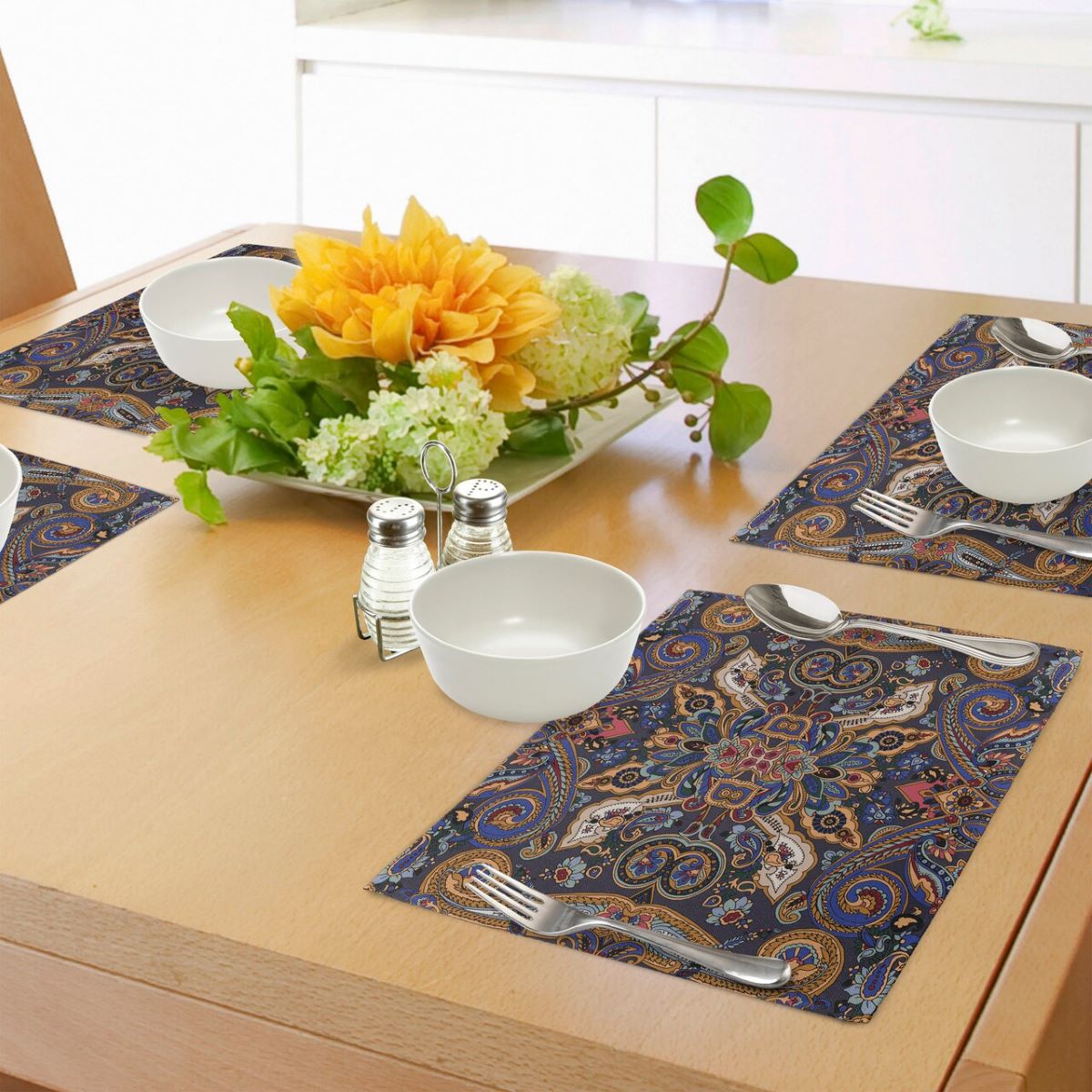

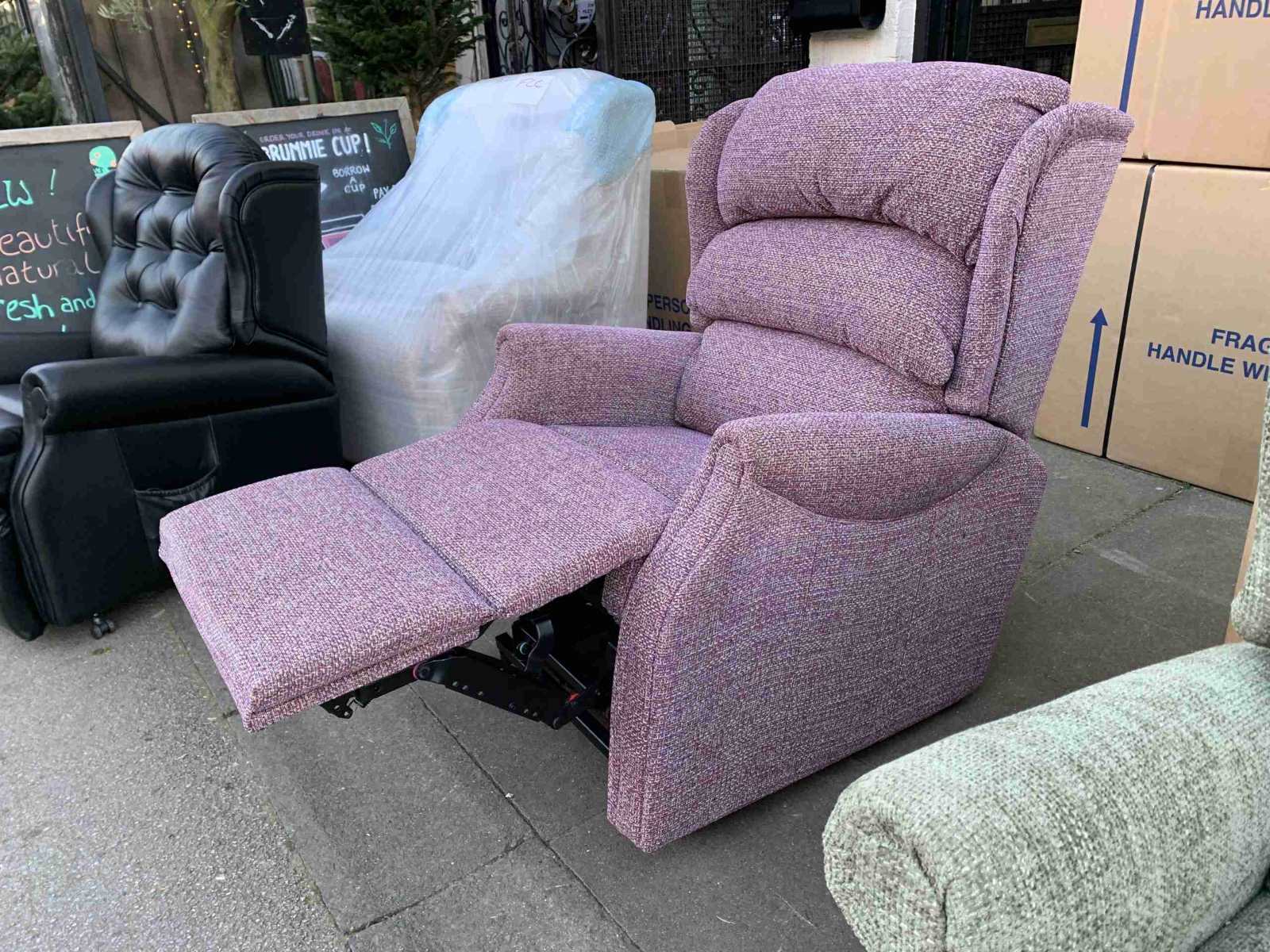

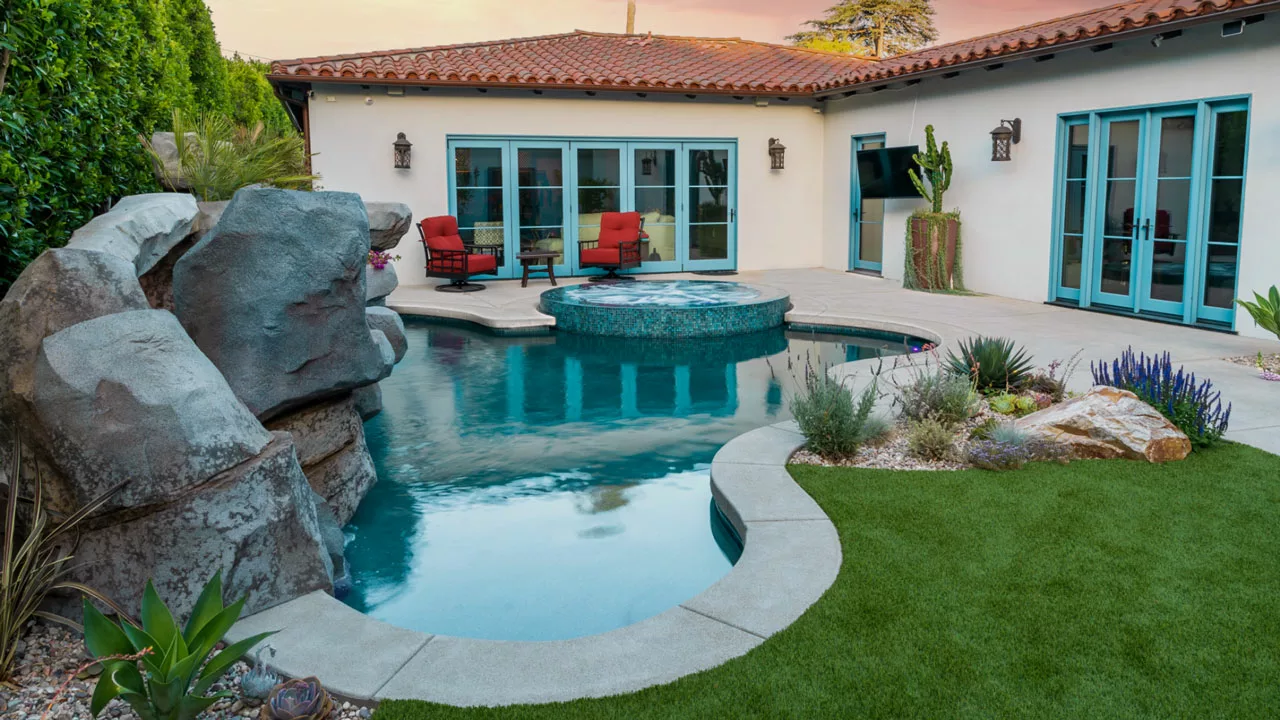
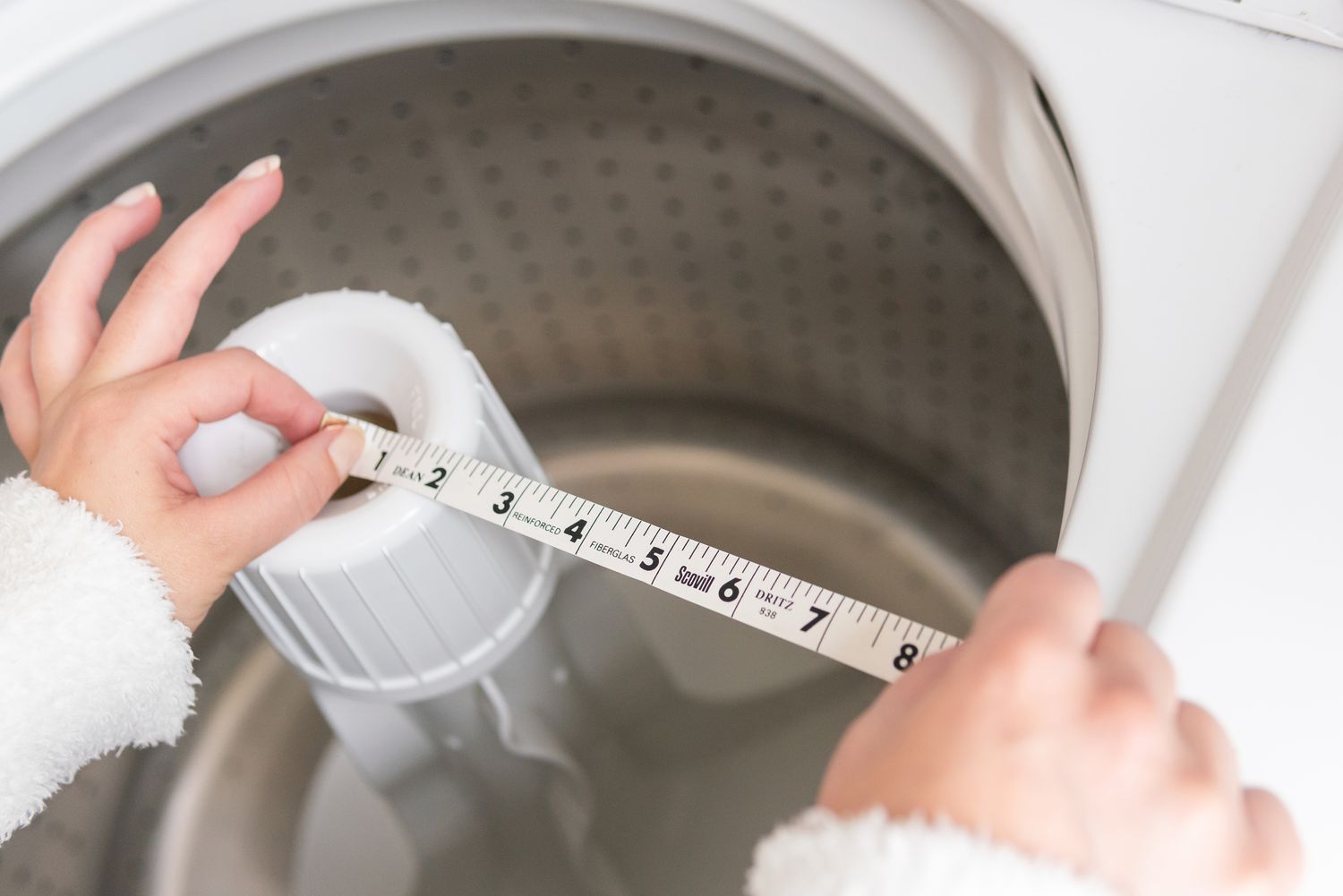

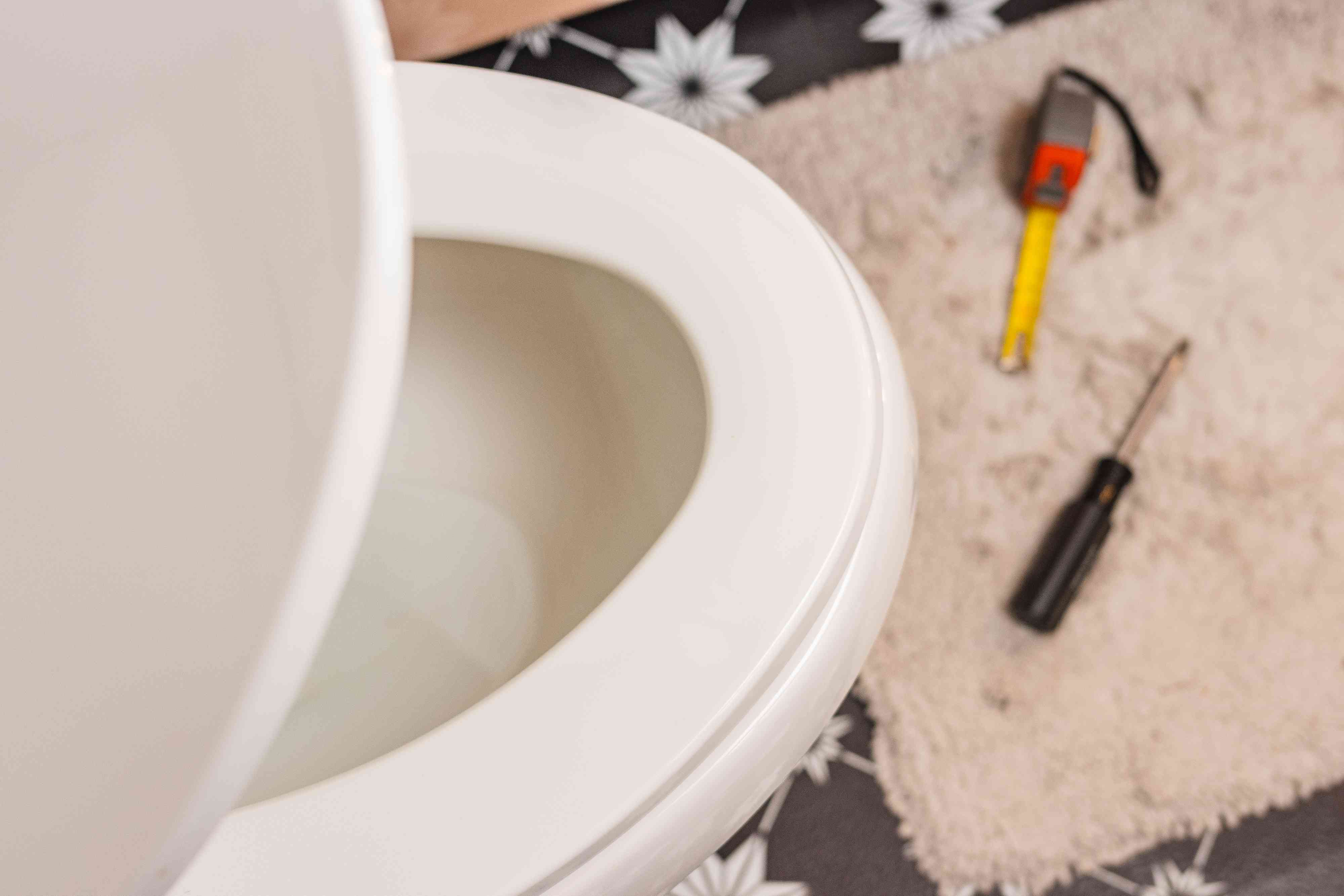
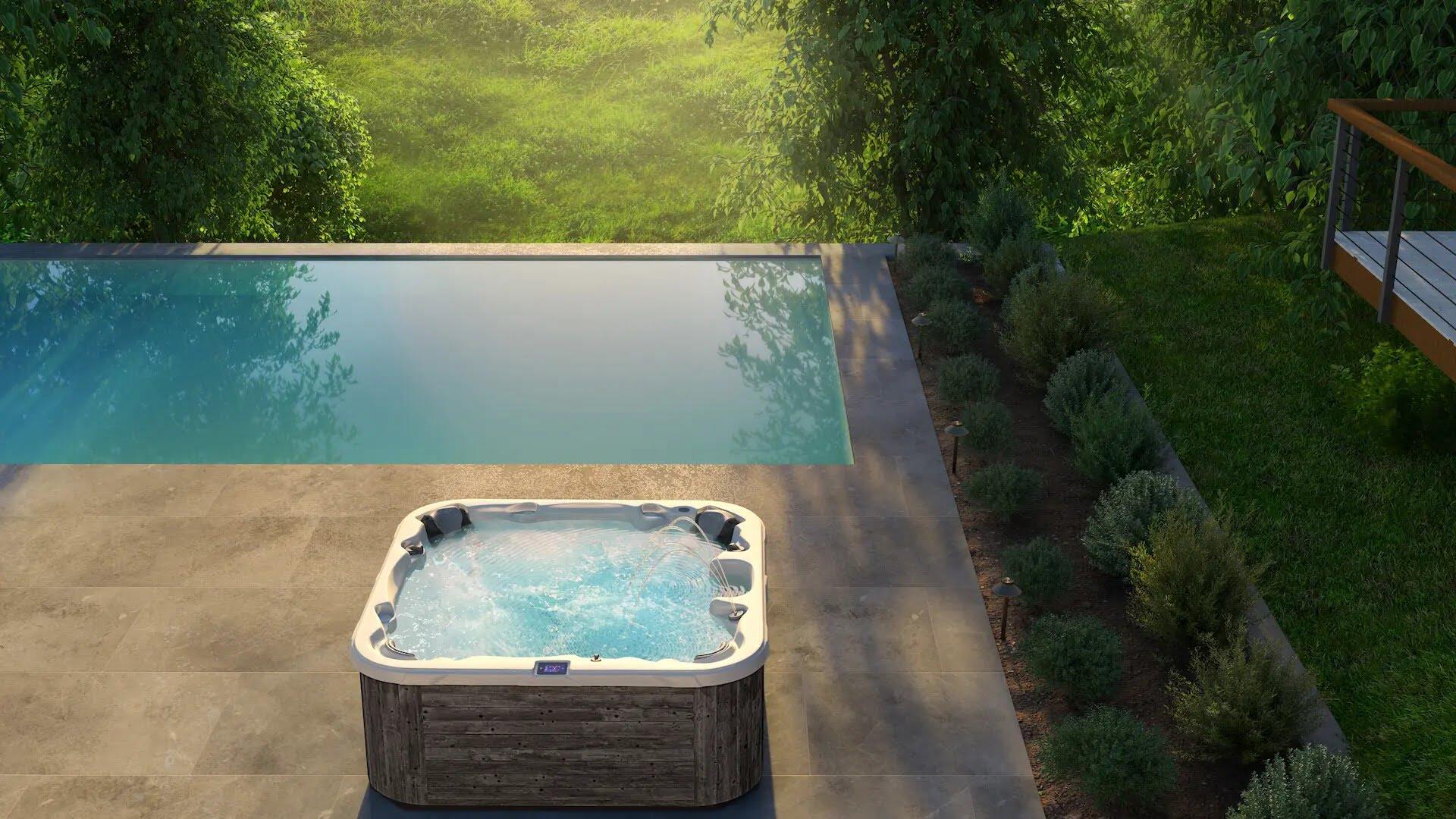
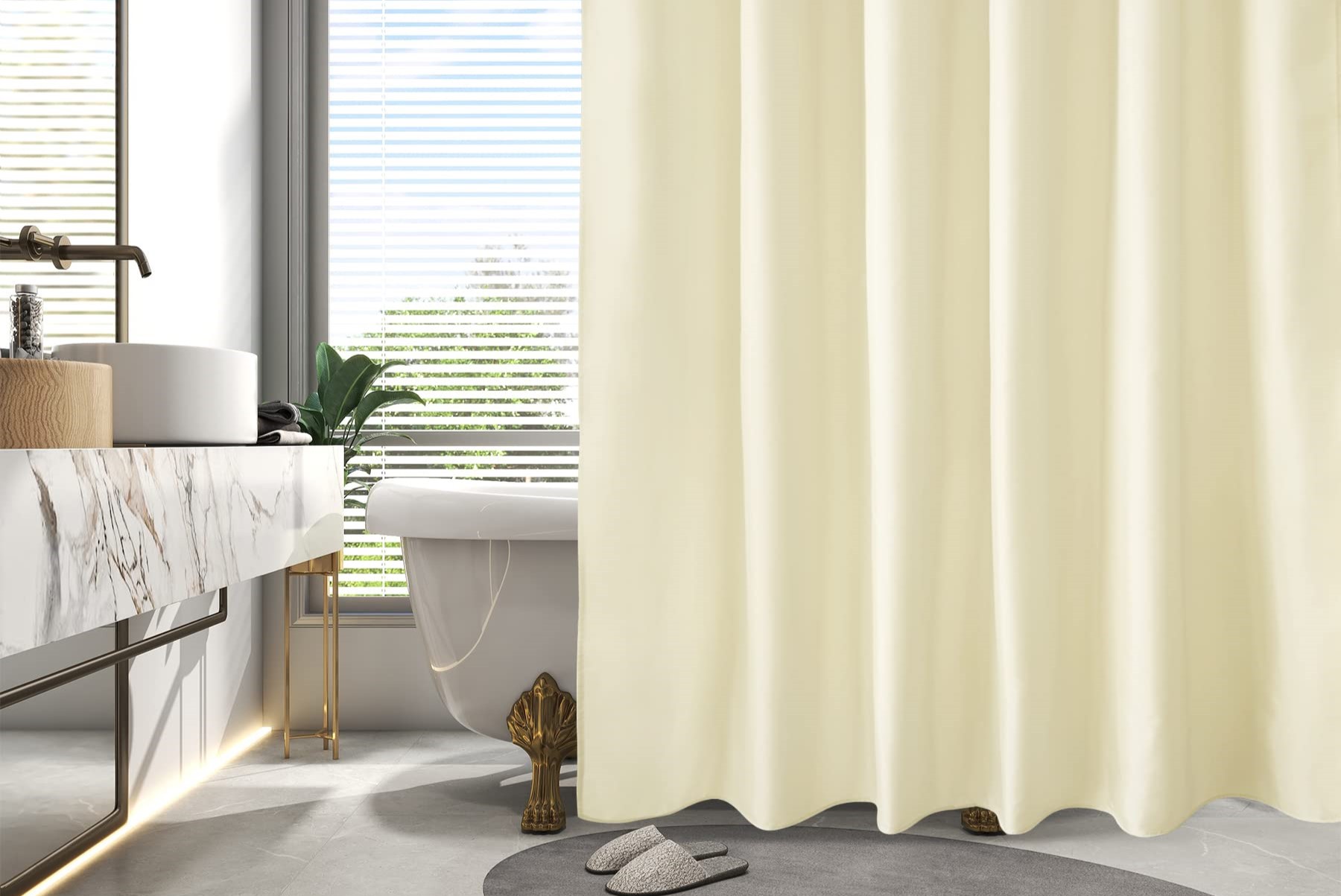
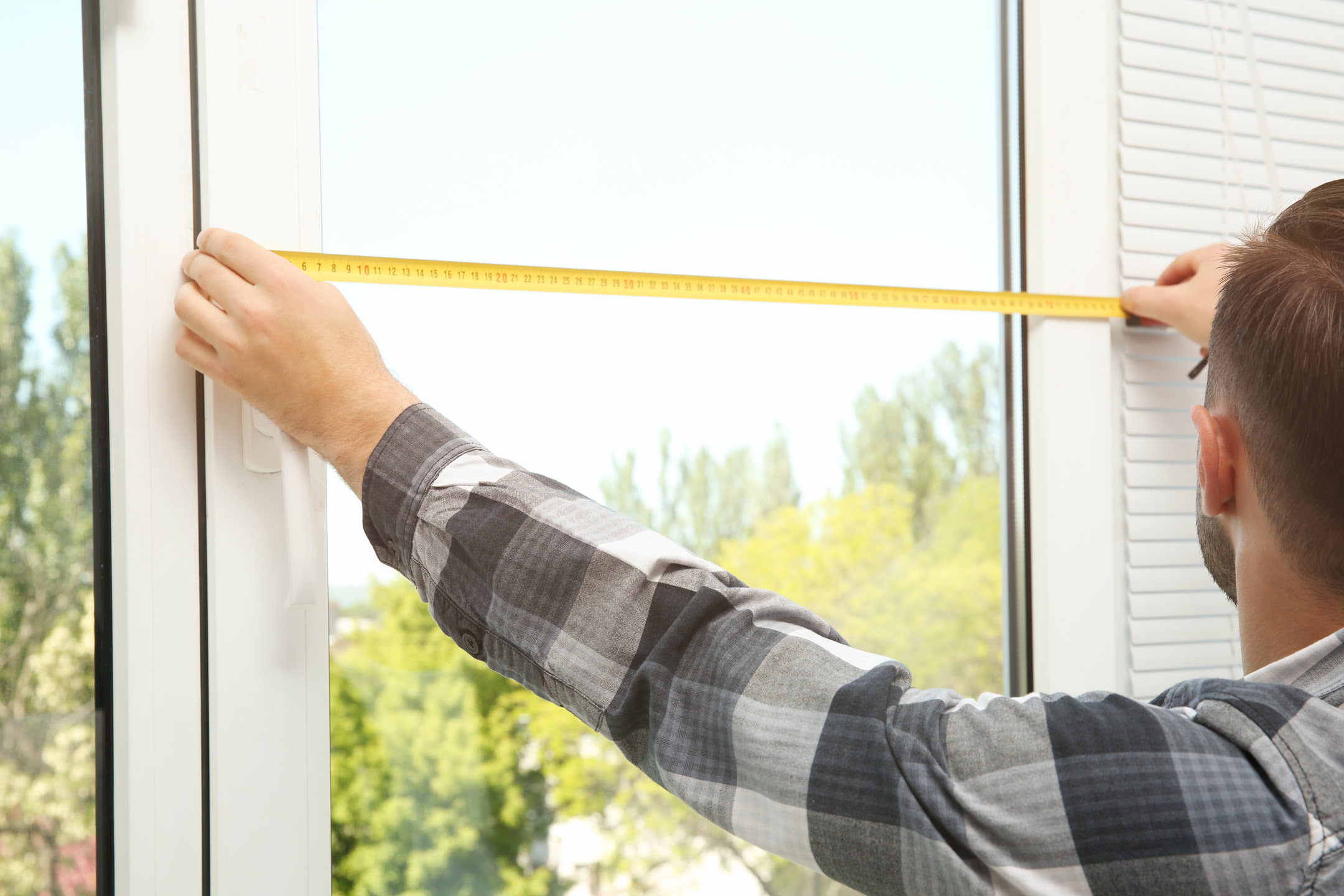
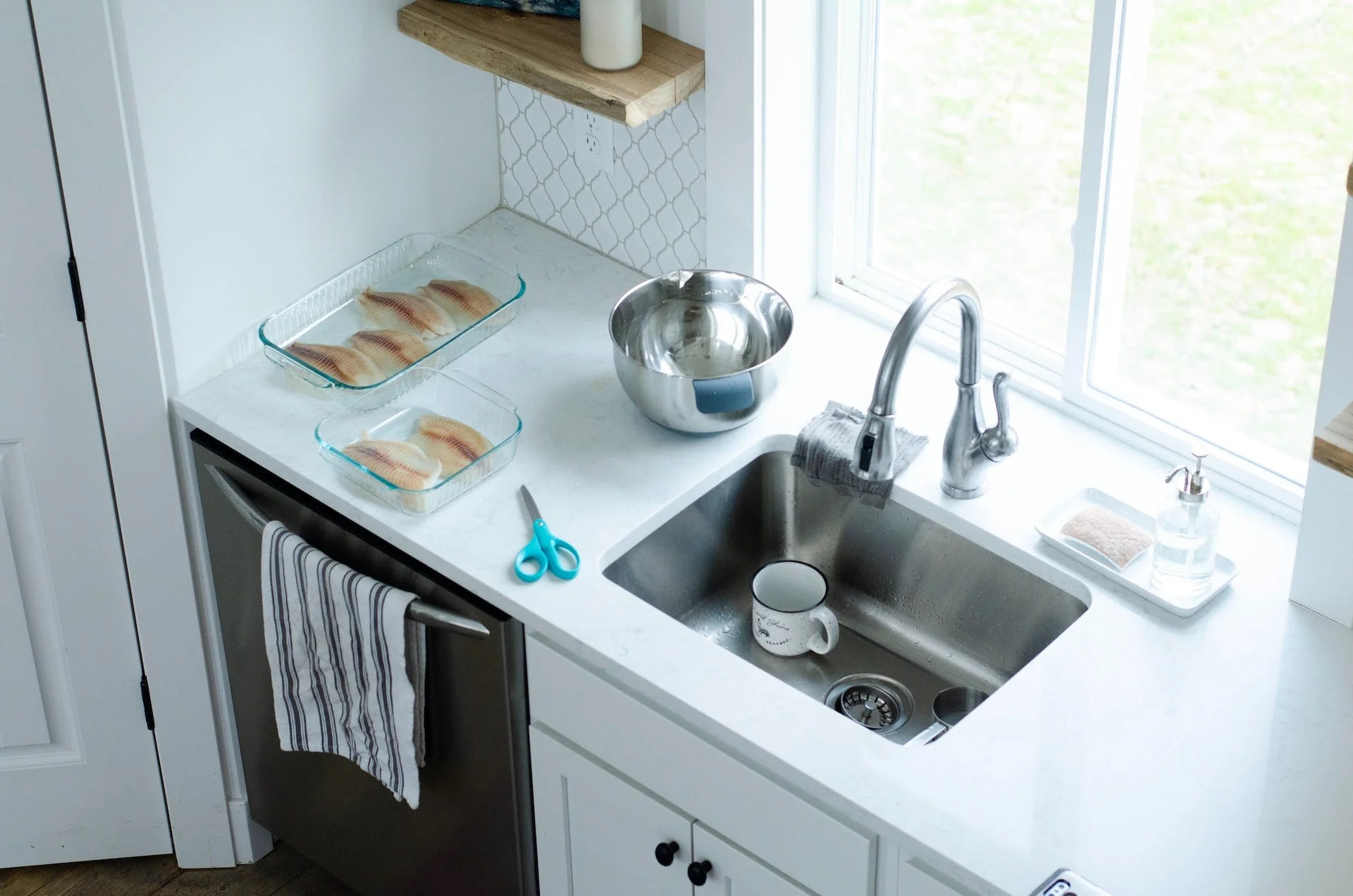
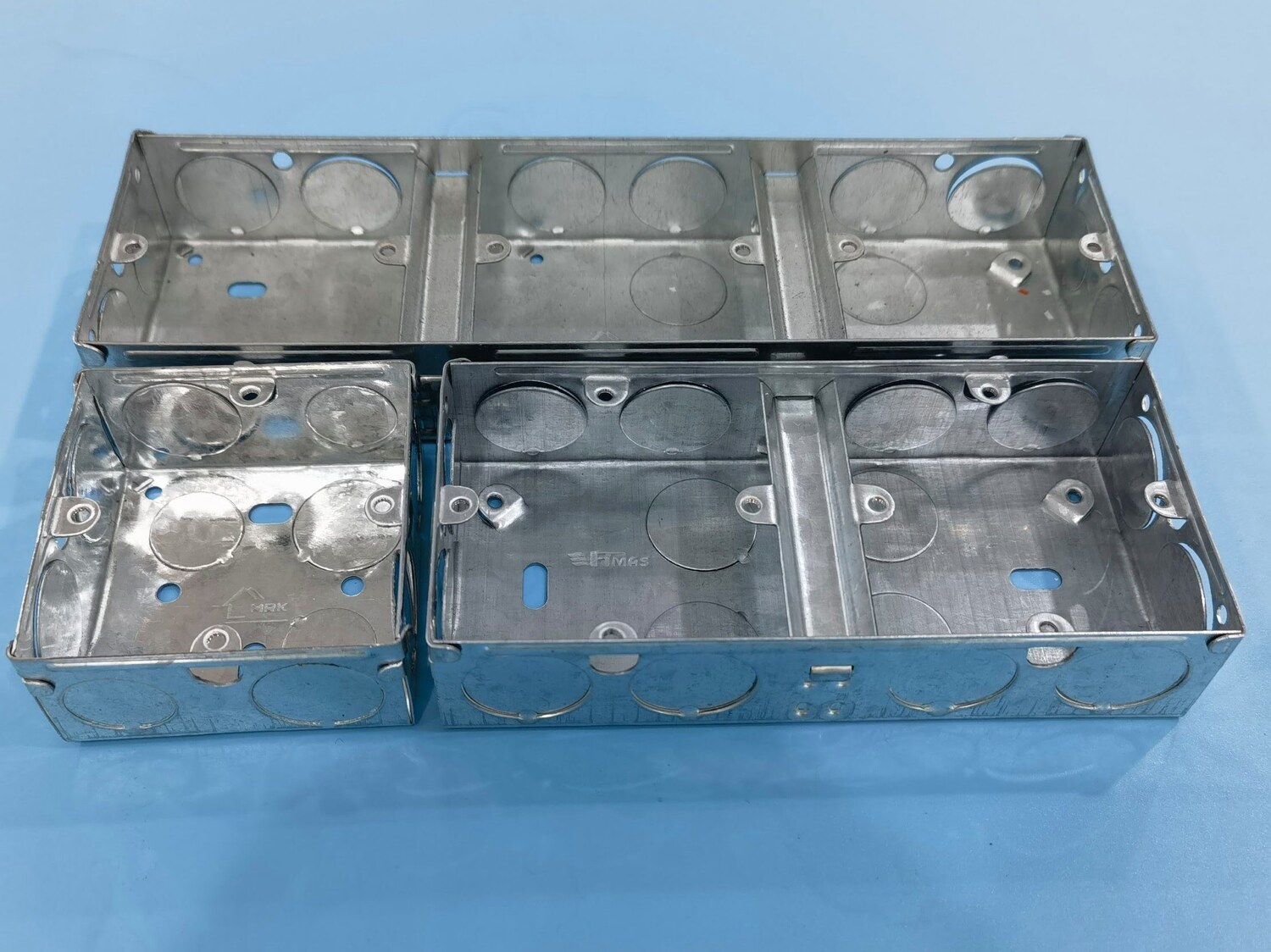

0 thoughts on “What Size Is A Standard Garden Hose”